Home>Gardening & Outdoor>Landscaping Ideas>How Long Does Roundup Weed And Grass Killer Take To Work
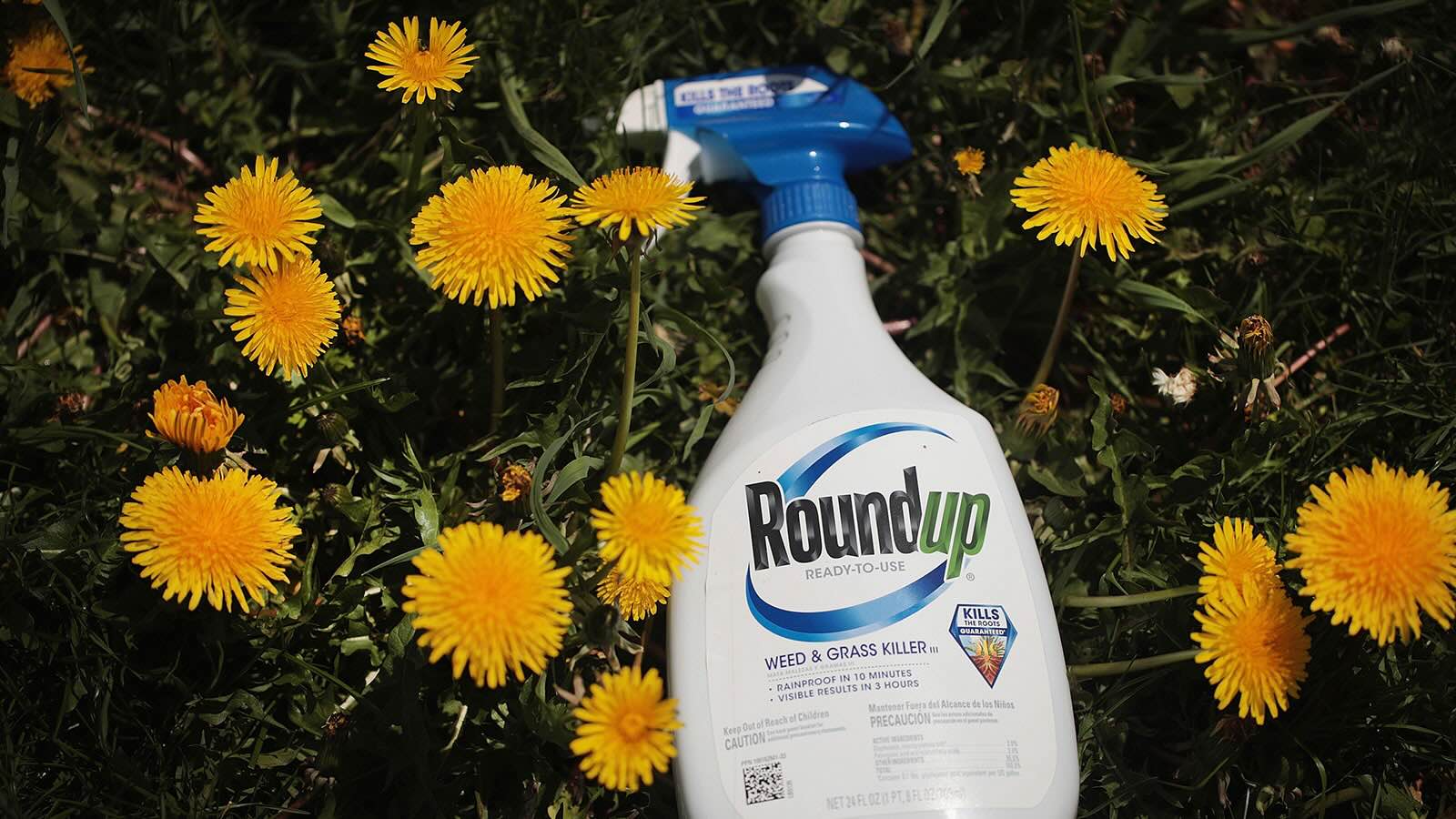

Landscaping Ideas
How Long Does Roundup Weed And Grass Killer Take To Work
Modified: March 27, 2024
Discover how long it takes for Roundup Weed and Grass Killer to work and get landscaping ideas to enhance your outdoor space. Find out more now!
(Many of the links in this article redirect to a specific reviewed product. Your purchase of these products through affiliate links helps to generate commission for Storables.com, at no extra cost. Learn more)
Introduction
Welcome to the world of landscaping and gardening, where the battle against weeds and unwanted grass is a perennial challenge. In this article, we will delve into the fascinating realm of Roundup Weed and Grass Killer, a popular and effective solution for combating unwanted vegetation. If you've ever wondered about the timeframe for this product to take effect, you've come to the right place. We will explore the factors that influence the time it takes for Roundup to work, along with application guidelines and the overall effectiveness of this renowned weed killer. By the end of this journey, you will have a comprehensive understanding of how long it takes for Roundup Weed and Grass Killer to work and how to maximize its efficacy in your landscaping endeavors. So, let's embark on this enlightening exploration together!
Key Takeaways:
- Roundup Weed and Grass Killer takes 1-2 weeks to work, influenced by plant type, growth stage, and environmental conditions. Proper application and timing maximize its effectiveness in landscaping.
- Following application guidelines and considering influential factors optimizes Roundup’s performance, delivering visible and enduring results in weed and grass control. It’s a reliable ally for a well-maintained landscape.
Read more: How Long Does Grass Killer Take To Work
Understanding Roundup Weed and Grass Killer
Roundup Weed and Grass Killer, developed by the agricultural biotechnology corporation Monsanto, is a widely used herbicide that has become a staple in the arsenal of gardeners, landscapers, and agricultural professionals. The active ingredient in Roundup is glyphosate, a potent chemical compound that effectively targets and eliminates unwanted vegetation.
Upon application, Roundup works by being absorbed through the leaves and stems of the targeted plants. Once inside the plant, glyphosate disrupts the production of essential proteins, ultimately leading to the plant’s demise. This systematic mode of action sets Roundup apart as a powerful and comprehensive weed and grass control solution.
It is important to note that Roundup is a non-selective herbicide, meaning it is designed to eliminate a wide range of plant species. While this trait makes it highly versatile, it also requires careful application to avoid unintended damage to desirable vegetation. With this foundational understanding of Roundup Weed and Grass Killer, we can now explore the various factors that influence the time it takes for this potent herbicide to take effect.
Factors Affecting the Time Taken for Roundup to Work
The effectiveness of Roundup Weed and Grass Killer is influenced by several key factors that play a critical role in determining the time it takes for the herbicide to work its magic. Understanding these factors is essential for maximizing the efficacy of Roundup in your landscaping and weed control efforts.
- Plant Type and Size: The type and size of the targeted plants significantly impact the time it takes for Roundup to take effect. Smaller, more delicate weeds and grasses may succumb to the herbicide more rapidly, whereas larger, more established vegetation may require additional time for the glyphosate to penetrate and disrupt their growth processes.
- Growth Stage: The growth stage of the plants at the time of application is a crucial determinant of Roundup’s effectiveness. Young, actively growing plants are more susceptible to the herbicidal action of Roundup, whereas mature or dormant plants may exhibit slower response times.
- Environmental Conditions: Environmental factors such as temperature, humidity, and sunlight can significantly influence the speed at which Roundup takes effect. Warmer temperatures and ample sunlight can enhance the herbicide’s absorption and translocation within the plant, expediting its impact. Conversely, cooler temperatures and limited sunlight may prolong the time required for visible results.
- Application Method: The method of application, whether through spraying, spot treatment, or direct application, can affect the time it takes for Roundup to work. Proper application techniques that ensure thorough coverage of the targeted vegetation can expedite the herbicide’s action and optimize its overall effectiveness.
- Soil Conditions: The condition of the soil surrounding the targeted plants can also influence the efficacy of Roundup. Soil moisture, composition, and organic matter content can impact the herbicide’s absorption and transport within the plant, consequently affecting the time it takes for visible results to manifest.
By considering and managing these influential factors, you can proactively enhance the performance of Roundup Weed and Grass Killer and achieve more predictable and expedited results in your weed and grass control endeavors.
Roundup Weed and Grass Killer typically takes 2-4 days to start showing visible effects on weeds and grass. However, full results may take up to 2 weeks, depending on the type of plant and environmental conditions.
Application Guidelines for Roundup
Proper application of Roundup Weed and Grass Killer is paramount to achieving optimal results while minimizing the potential for unintended damage to desirable vegetation. Following these guidelines will help ensure the effective and responsible use of this powerful herbicide in your landscaping and gardening pursuits.
- Timing: Selecting the appropriate time for application is crucial for maximizing the effectiveness of Roundup. It is recommended to apply the herbicide when the targeted plants are actively growing and not under moisture stress. This typically occurs during the spring and early summer months, when weeds and grasses are in their peak growth phases.
- Weather Conditions: Monitoring weather conditions is essential before applying Roundup. Ideally, choose a day with mild temperatures, minimal wind, and no precipitation in the forecast. Calm weather conditions facilitate precise application and reduce the risk of herbicide drift, which could harm nearby plants.
- Application Method: Roundup can be applied through spraying, spot treatment, or direct application, depending on the specific needs of the landscaping area. When using a sprayer, ensure thorough coverage of the targeted vegetation while minimizing overspray onto desirable plants. For spot treatment, apply the herbicide directly to the foliage of individual weeds or grasses, avoiding contact with surrounding vegetation.
- Protective Gear: Prior to application, it is essential to don appropriate protective gear, including gloves, long-sleeved clothing, and eye protection. These precautions help minimize skin contact with the herbicide and reduce the risk of accidental exposure.
- Post-Application Care: After applying Roundup, avoid watering the treated area for at least 24 hours to allow the herbicide to be absorbed by the plants. Additionally, refrain from mowing or disturbing the vegetation for a few days to ensure the herbicide has ample time to take effect.
- Environmental Considerations: Always be mindful of the potential impact of Roundup on the surrounding environment. Avoid applying the herbicide near water bodies, and take precautions to prevent runoff into storm drains or other sensitive areas.
Adhering to these application guidelines will not only optimize the efficacy of Roundup Weed and Grass Killer but also contribute to responsible and sustainable weed and grass control practices in your landscaping endeavors.
Results and Effectiveness of Roundup
The efficacy of Roundup Weed and Grass Killer is underscored by its ability to deliver visible and long-lasting results in the battle against unwanted vegetation. When applied in accordance with best practices and considering the influential factors discussed earlier, Roundup demonstrates impressive effectiveness in controlling weeds and grasses.
Upon application, Roundup begins to take effect by being absorbed through the foliage of the targeted plants. While visible results may not be immediate, the herbicide swiftly initiates its systematic action within the plant, ultimately leading to the cessation of growth and the gradual wilting and browning of the foliage. Depending on the factors at play, such as plant type, size, and environmental conditions, visible effects typically become apparent within 1 to 2 weeks after application.
One of the hallmark characteristics of Roundup’s effectiveness is its ability to translocate within the plant, reaching down to the roots and effectively preventing regrowth. This comprehensive approach sets Roundup apart as a formidable solution for long-term weed and grass control, offering sustained protection against reemergence of targeted vegetation.
Moreover, the versatility of Roundup enables its application in various landscaping settings, including gardens, lawns, driveways, and patios. Its non-selective nature allows for broad-spectrum control of unwanted vegetation, offering a comprehensive solution for managing diverse weed and grass species.
When used responsibly and in accordance with application guidelines, Roundup Weed and Grass Killer stands as a reliable ally in the pursuit of a well-maintained and aesthetically pleasing landscape. Its proven track record of effectiveness and its ability to deliver visible and enduring results make it a go-to choice for addressing weed and grass control needs in both residential and commercial settings.
As with any herbicidal application, it is essential to exercise caution and prudence when using Roundup, taking care to avoid unintended exposure to desirable plants and the surrounding environment. By doing so, you can harness the full potential of Roundup Weed and Grass Killer while upholding responsible and sustainable landscaping practices.
Conclusion
In the realm of landscaping and weed control, Roundup Weed and Grass Killer emerges as a potent and versatile solution for combating unwanted vegetation. Throughout this exploration, we have gained valuable insights into the factors that influence the time it takes for Roundup to work, the application guidelines for maximizing its efficacy, and the compelling results it delivers in the battle against weeds and grasses.
Understanding the influential factors, such as plant type and size, growth stage, environmental conditions, application method, and soil composition, empowers us to proactively optimize the performance of Roundup in our landscaping endeavors. By carefully considering these factors and adhering to best practices, we can expedite the herbicide’s action and achieve more predictable and enduring results in our weed and grass control efforts.
Moreover, the application guidelines for Roundup underscore the importance of timing, weather conditions, precise application methods, protective gear, and responsible post-application care. By following these guidelines, we not only maximize the effectiveness of Roundup but also contribute to sustainable and environmentally conscious landscaping practices.
The results and effectiveness of Roundup further affirm its status as a reliable and formidable ally in the pursuit of a well-maintained landscape. With its ability to deliver visible and enduring results, prevent regrowth, and offer broad-spectrum control, Roundup stands as a trusted solution for addressing weed and grass control needs in diverse landscaping settings.
In conclusion, Roundup Weed and Grass Killer, when used responsibly and in accordance with best practices, represents a valuable asset in the quest for a weed-free and aesthetically pleasing landscape. By harnessing the insights and guidelines presented in this article, we can leverage the full potential of Roundup while upholding sustainable and responsible weed and grass control practices in our landscaping endeavors.
Armed with this comprehensive understanding, we are poised to navigate the realm of weed and grass control with confidence, equipped with the knowledge and best practices to make the most of Roundup Weed and Grass Killer in our pursuit of a vibrant and flourishing landscape.
Frequently Asked Questions about How Long Does Roundup Weed And Grass Killer Take To Work
Was this page helpful?
At Storables.com, we guarantee accurate and reliable information. Our content, validated by Expert Board Contributors, is crafted following stringent Editorial Policies. We're committed to providing you with well-researched, expert-backed insights for all your informational needs.
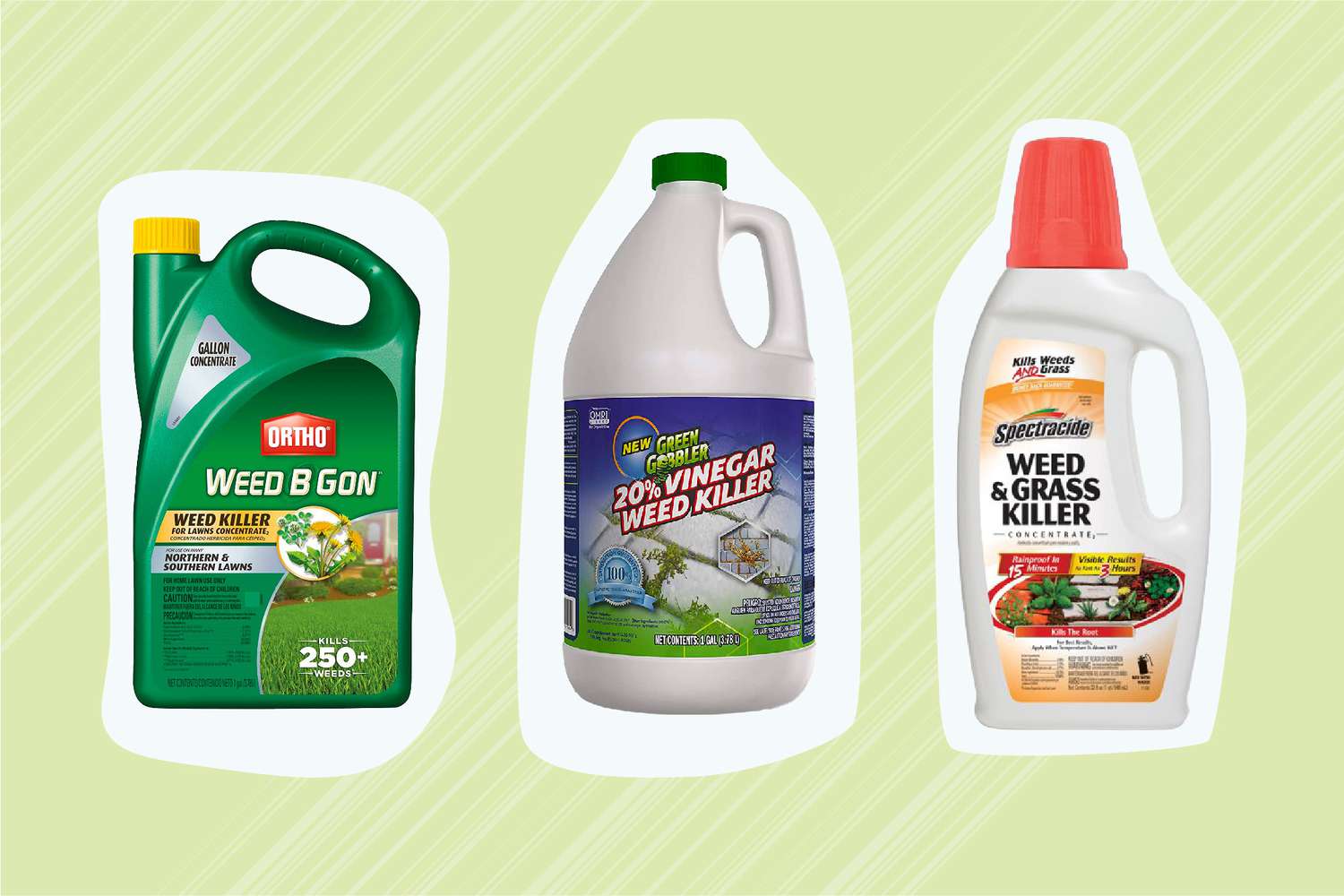
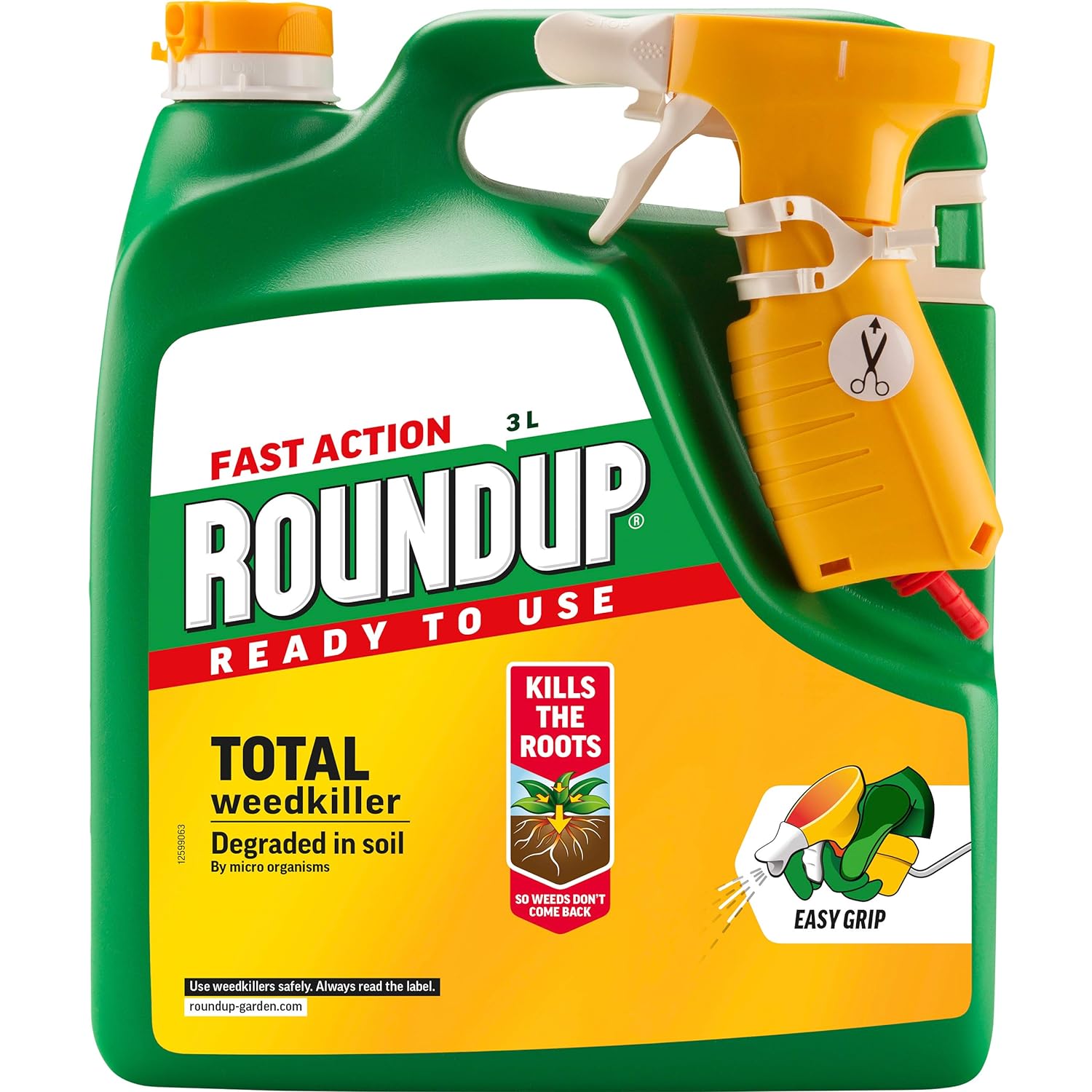
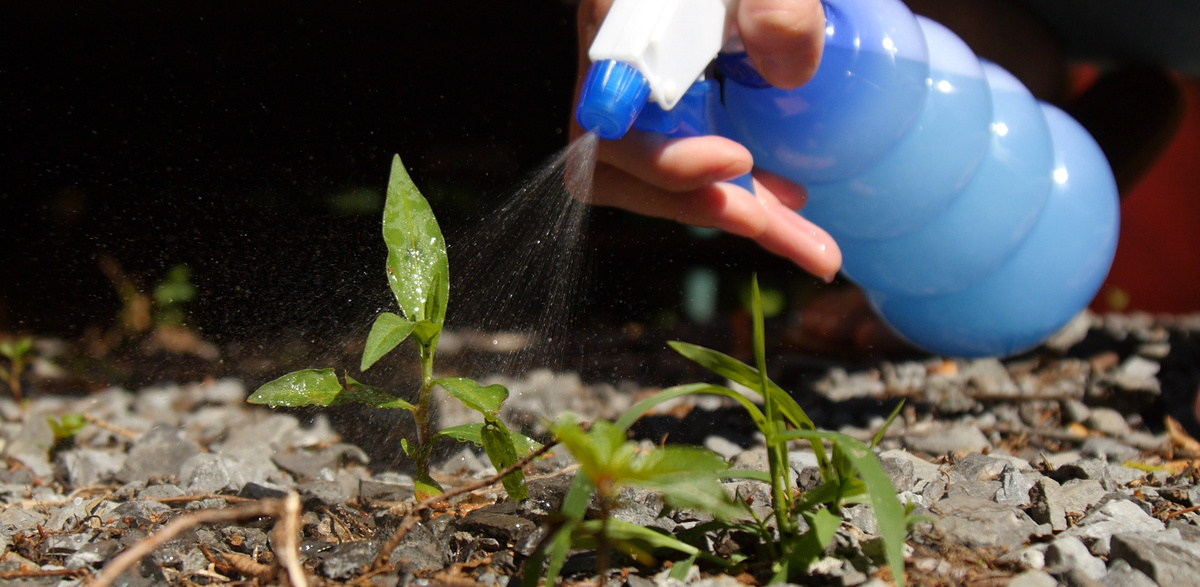
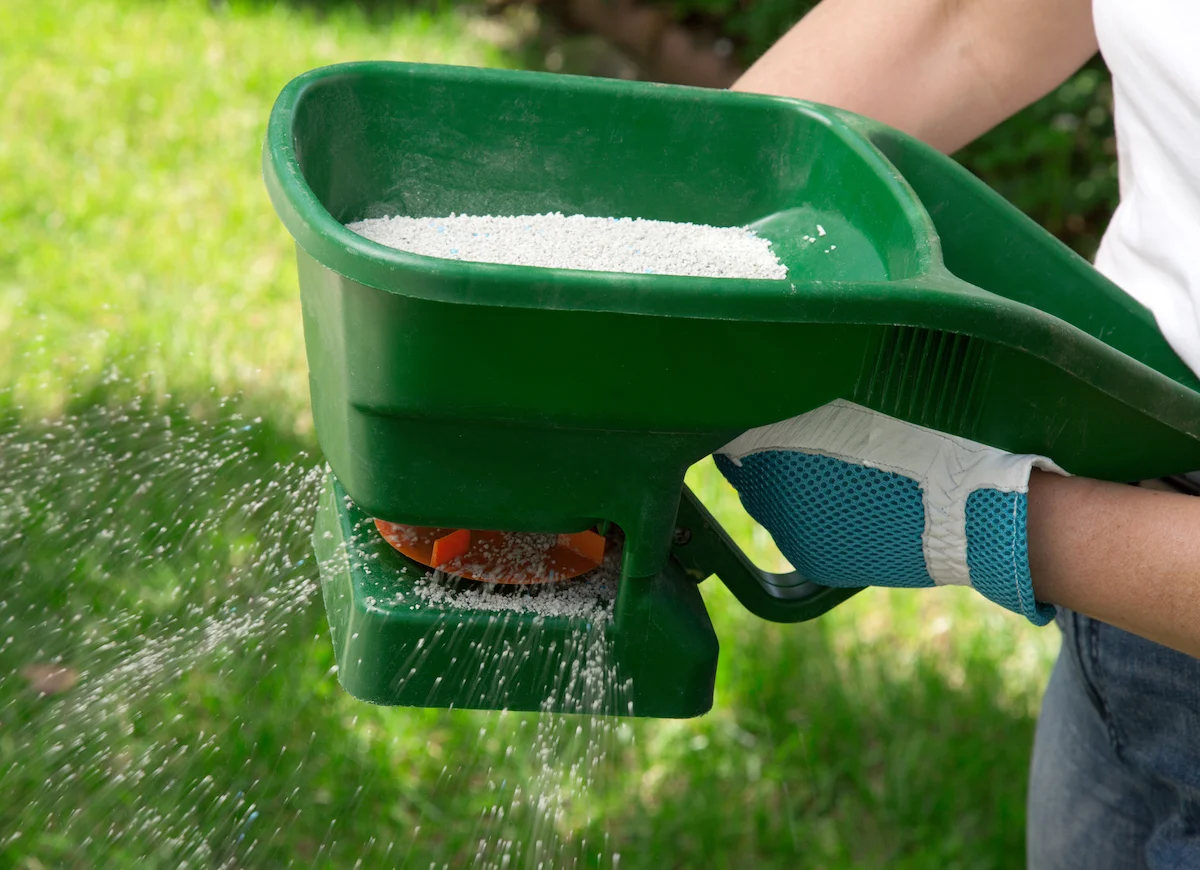
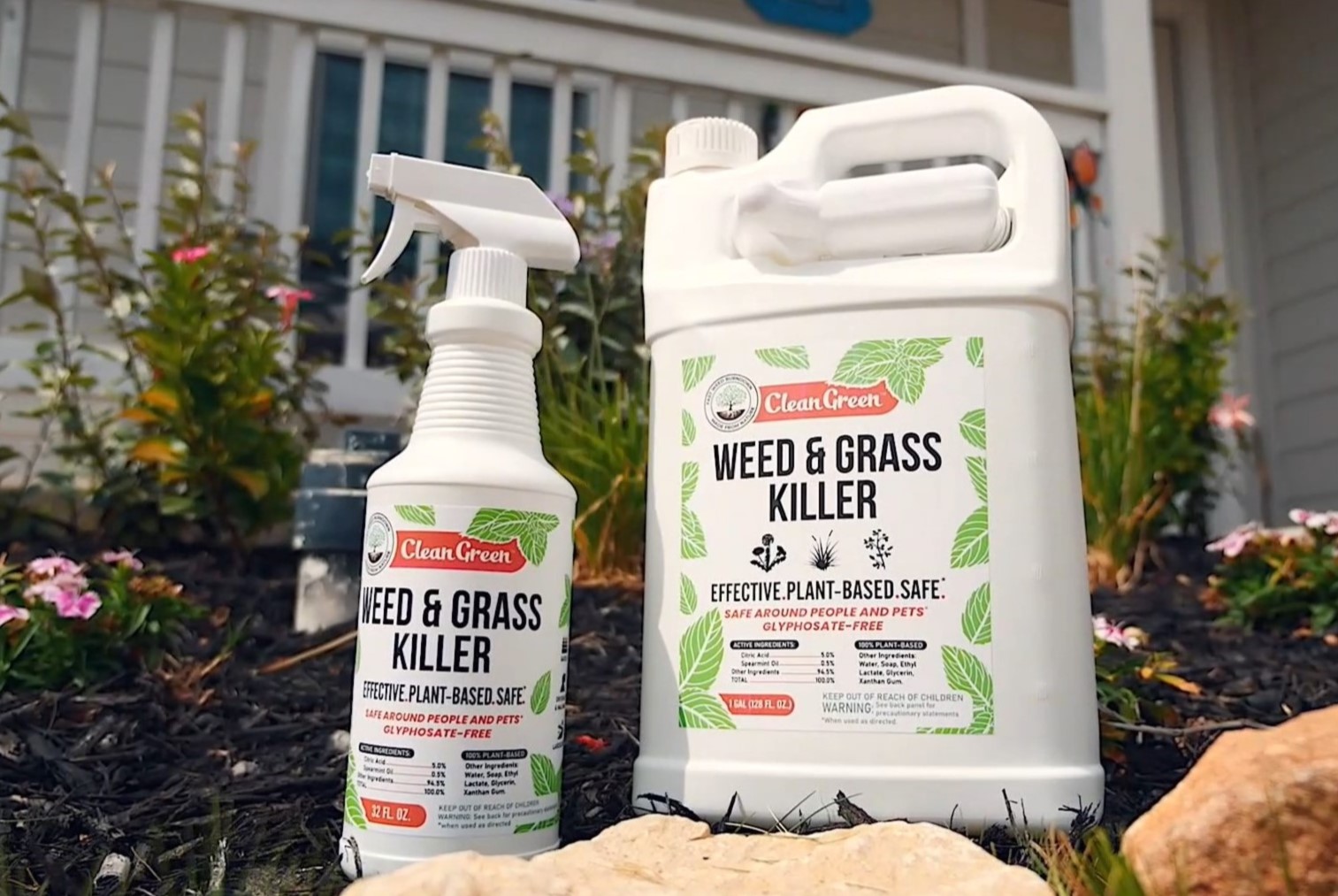

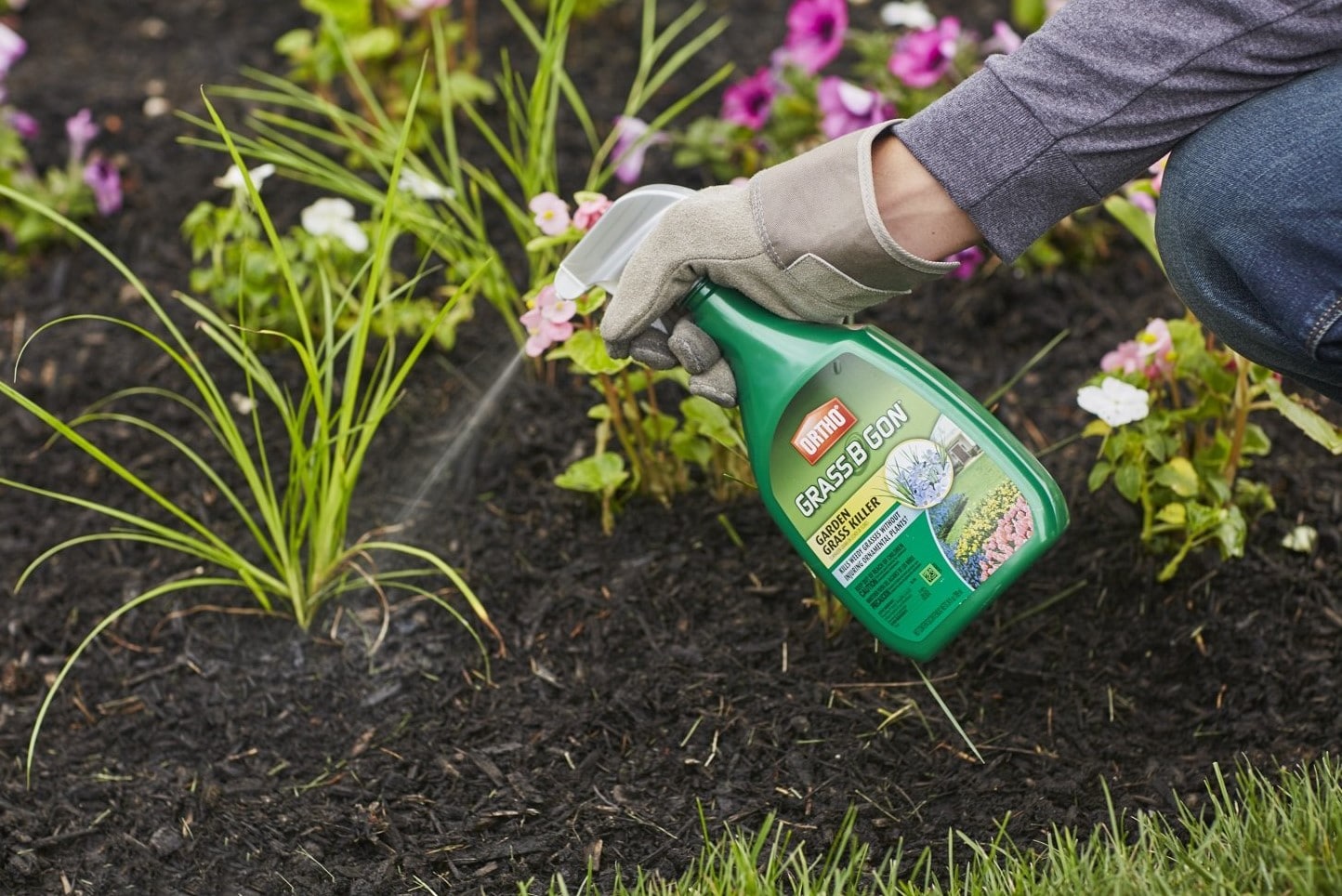
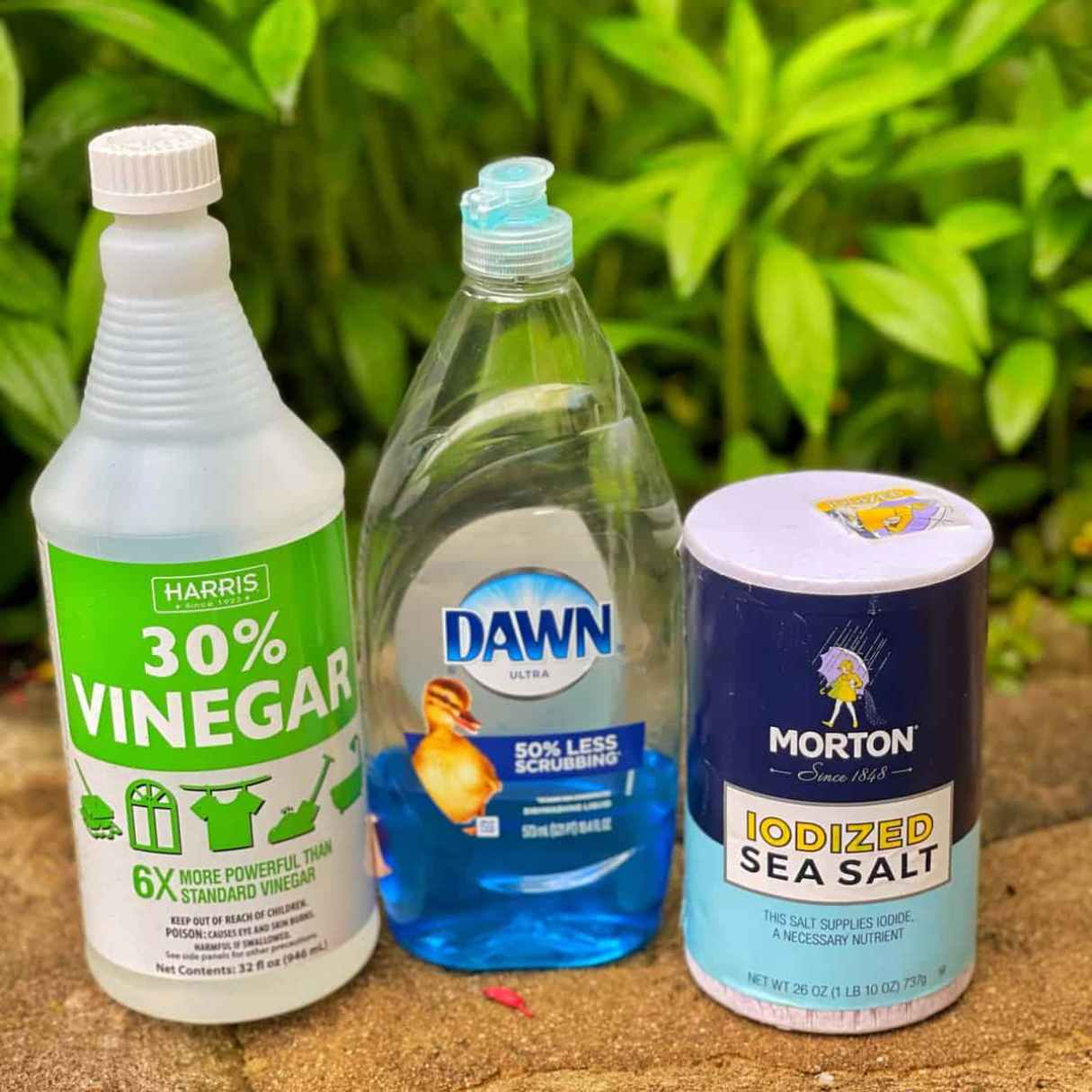
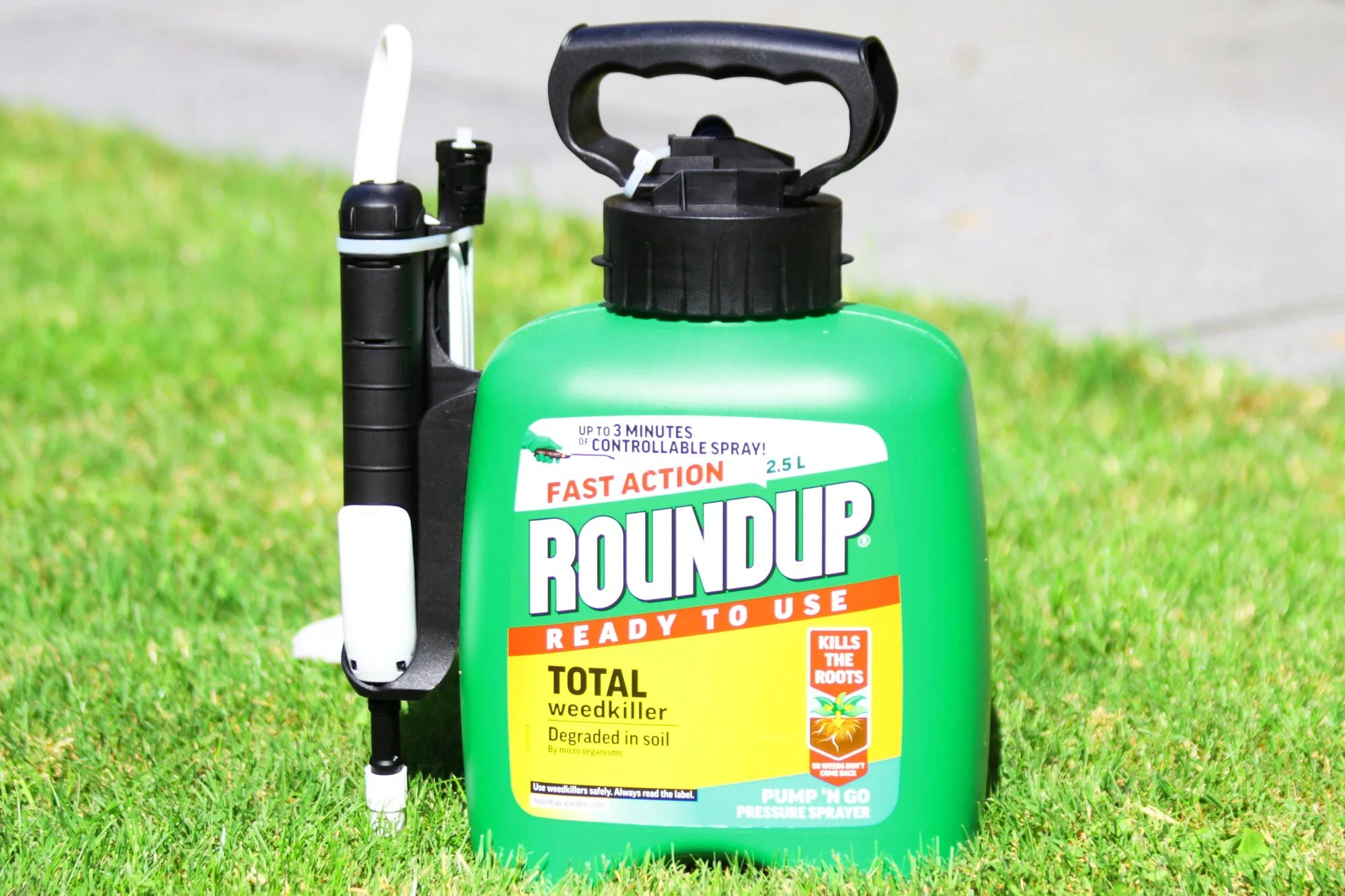
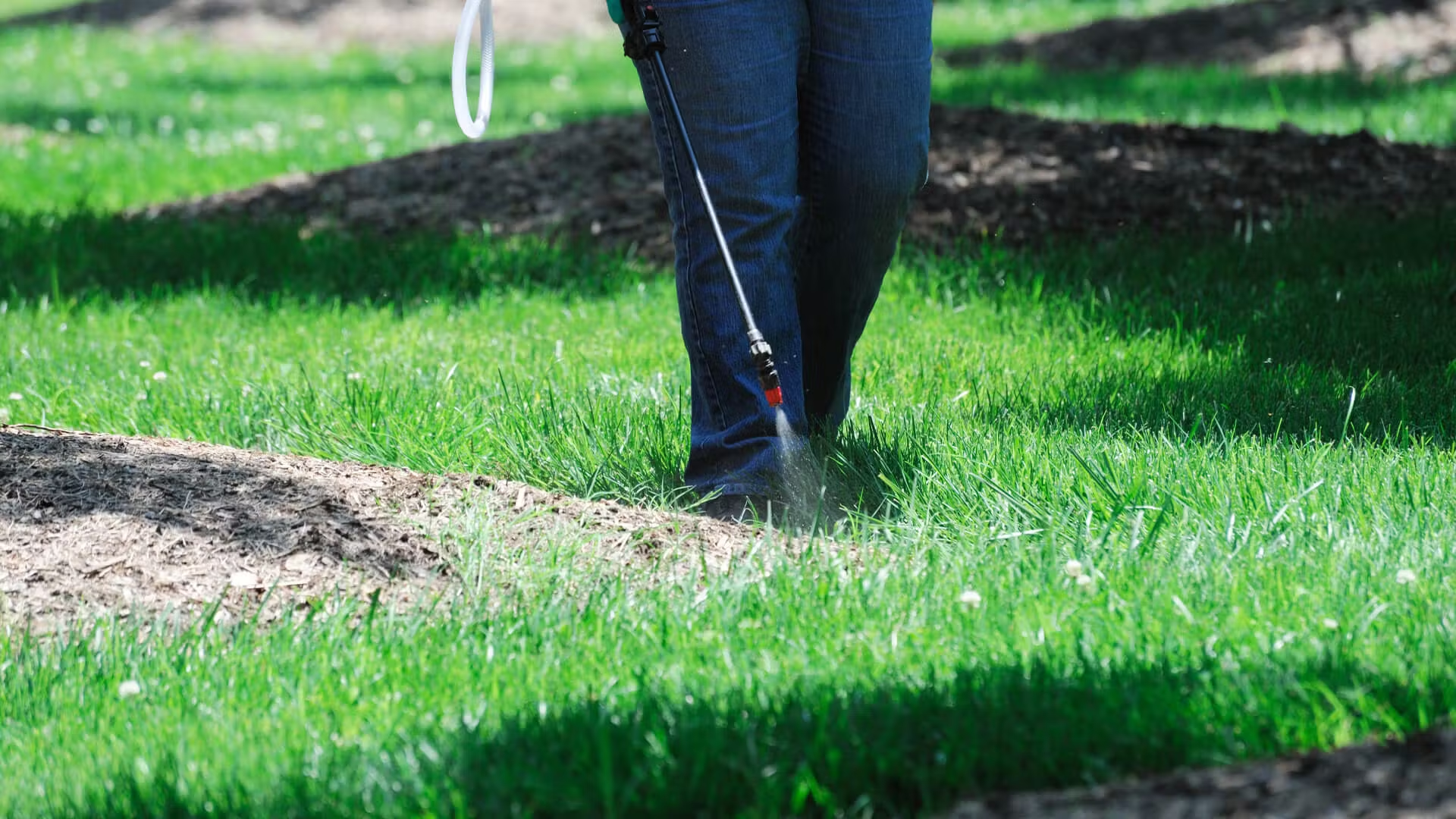
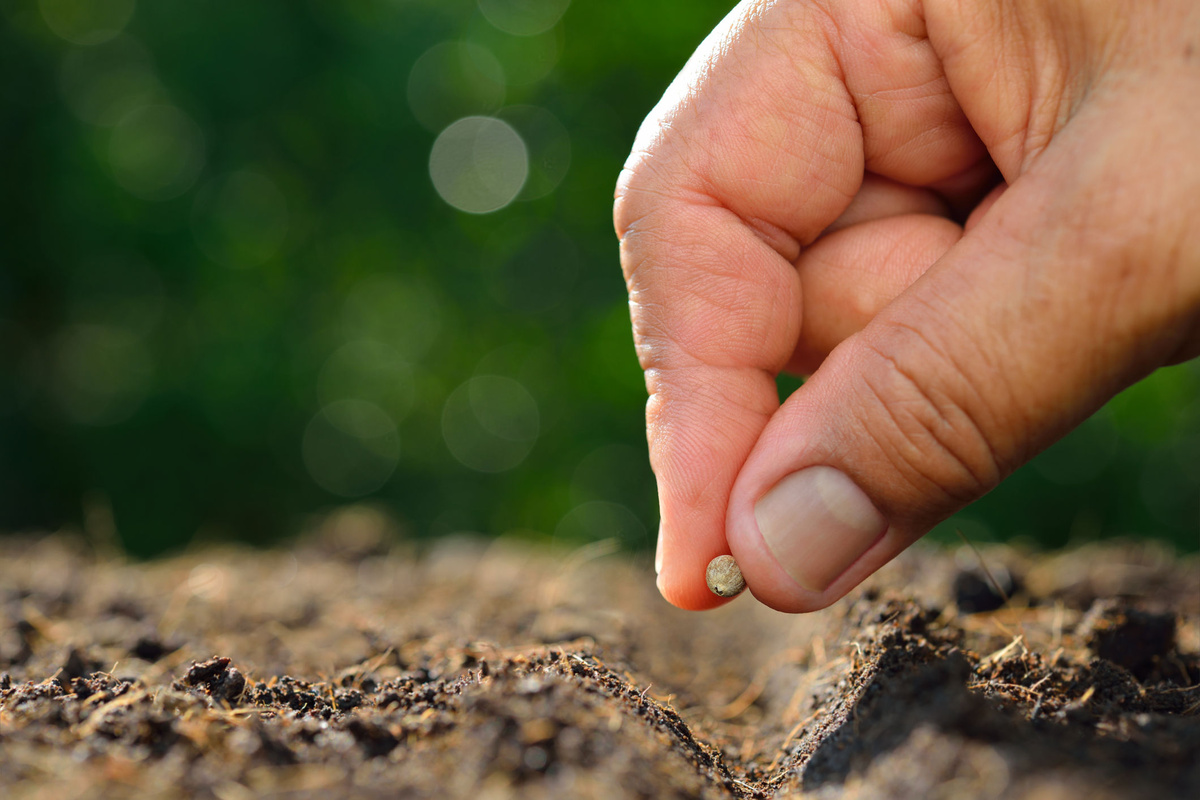
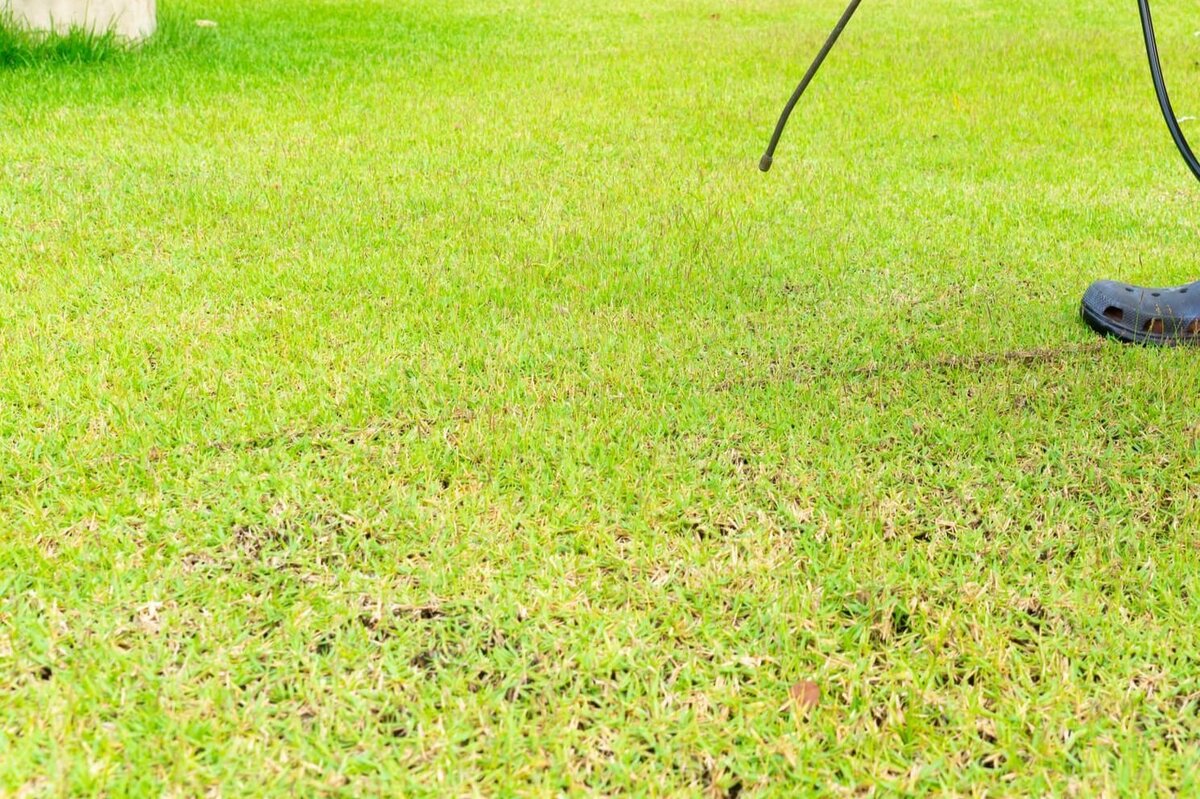
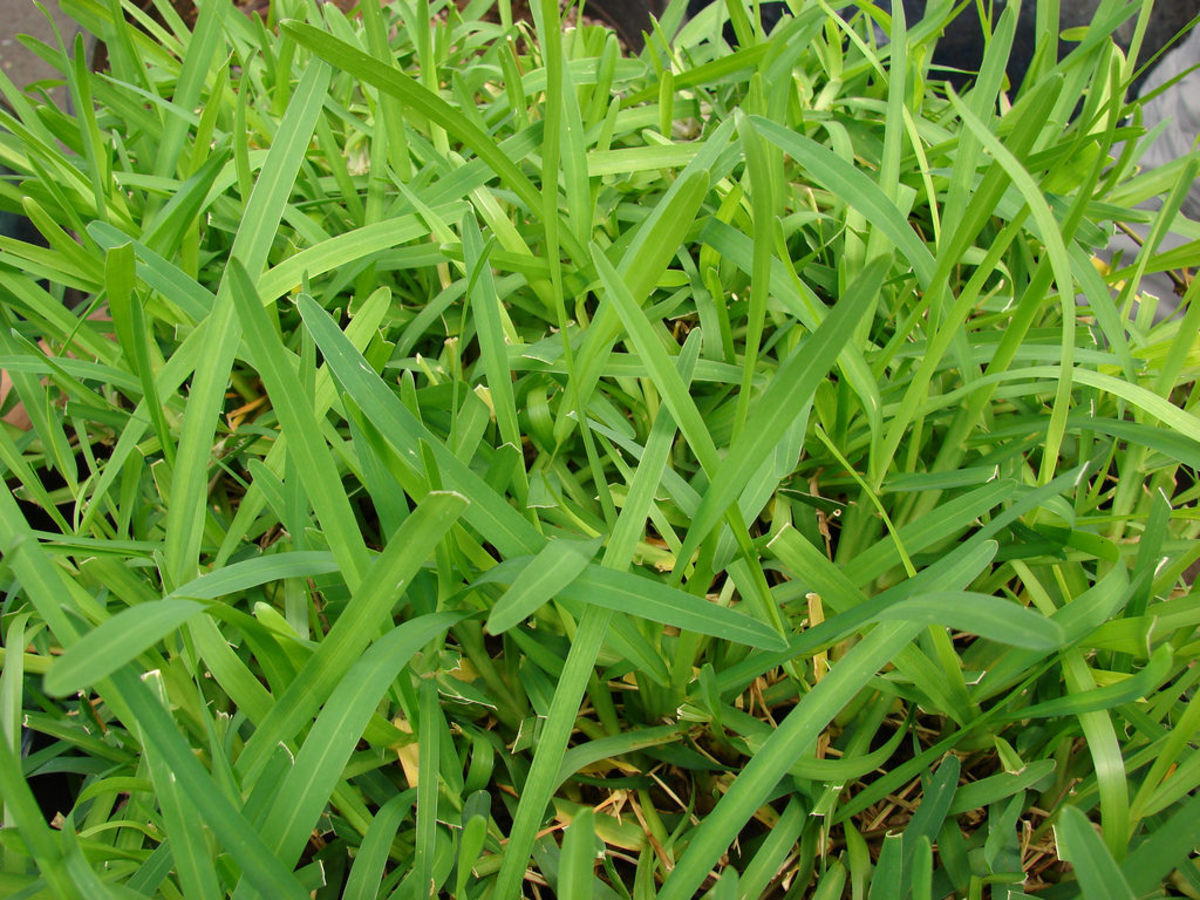
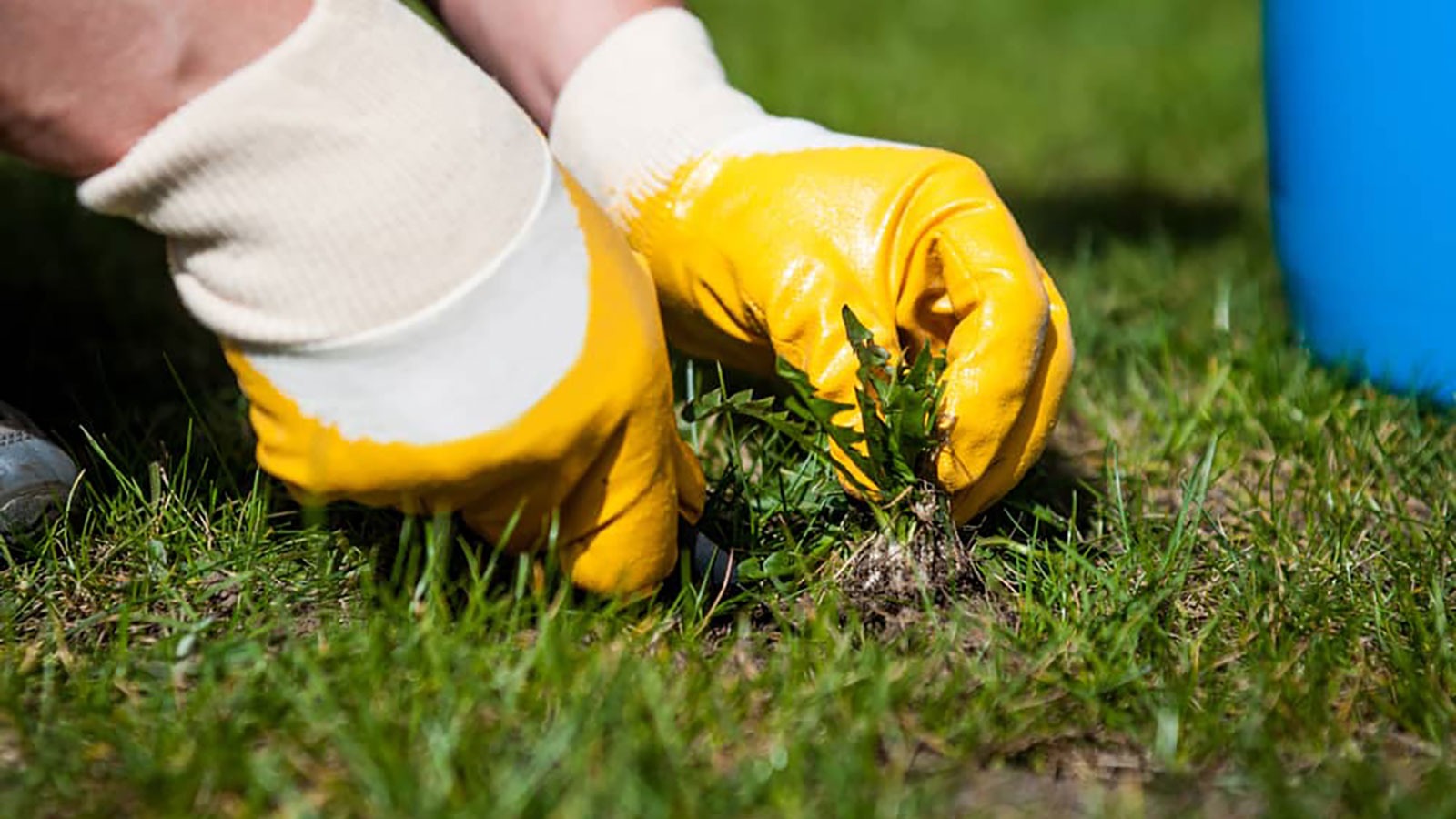

0 thoughts on “How Long Does Roundup Weed And Grass Killer Take To Work”